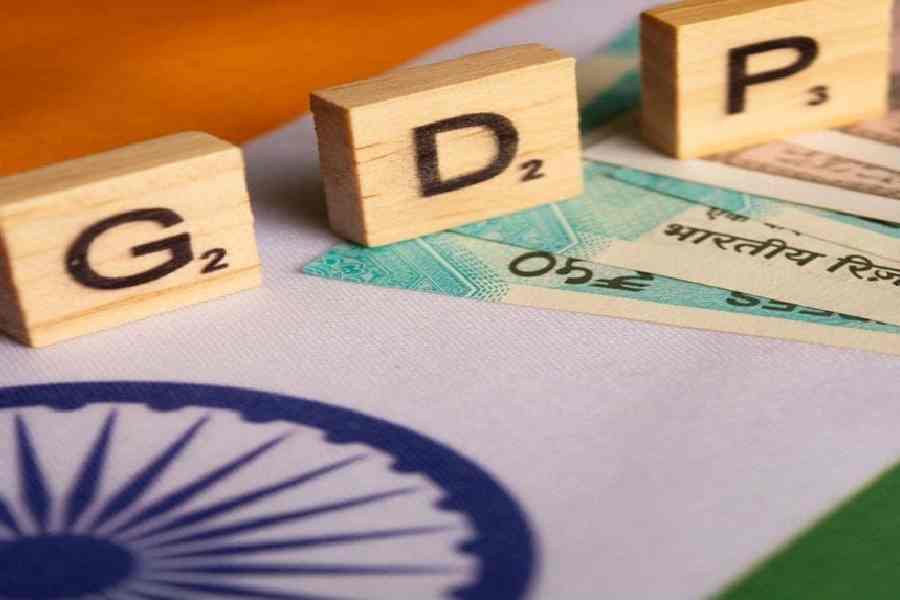The ministry of finance has stated that India aims to become the third-largest economy in the world with a GDP of five trillion dollars in the next three years. This ambitious goal makes one wonder whether the government is thinking about the sustainability and the inclusivity of this economic vision. Studies have repeatedly shown that the empowerment of women leads to an increase in productivity for a nation as a whole. A report by the International Monetary Fund has estimated that closing the gender gap in India could boost its GDP by 27%. Since the 1990s, the female labour force participation in India has remained stagnant at around 30% in rural areas and approximately 15% in urban areas.
This government’s approach towards India’s development overlooks the role that women entrepreneurs can play in driving innovation, creating jobs, and contributing to the GDP. The continual failure to address the unique challenges faced by women in the Indian workforce not only leads to the perpetuation of gender inequality but also threatens to derail the country’s progress to become a global economic powerhouse.
The primary, if not the principal, obstacle to the success of women’s economic empowerment are the deeply-entrenched societal and cultural norms that restrict a woman’s mobility and decision-making powers. How are they supposed to work and succeed if, in numerous instances, they are not permitted to leave the house and are expected to perform household duties all by themselves? This leaves them with little or no time or energy to devote to entrepreneurial pursuits. Moreover, research has indicated that women also face considerable challenges in accessing credit, networking opportunities, and business support services. These aspects are crucial for the development of any business. Moreover, government initiatives like the Pradhan Mantri Mudra Yojana and Startup India aim to increase women’s economic participation but fail to address systemic issues faced by women. For instance, the PMMY provides collateral-free loans to small businesses but does not address the unique obstacles faced by women, such as poor access to financial resources, the lack of collaterals, and restrictive societal norms. Similarly, Startup India lacks targeted support for women-led start-ups, such as mentorship and networking opportunities. The government’s focus on traditional sectors like manufacturing and agriculture overlooks the potential of the service sector.
One way of bringing about change would be by introducing targeted policies and initiatives. These policies should attempt to mandate gender-specific components
in all entrepreneurship and skill development programmes, ensuring equal access to finance, mentorship, networking, and support services tailored to the specific needs of women entrepreneurs. Companies should also invest in accessible and affordable childcare facilities; this would encourage a great number of women to enter the workforce. Furthermore, the government should collaborate with women’s organisations, civil society groups, and the private sector to design and implement interventions that address deep-rooted conservative social norms that hinder women’s mobility and decision-making powers.
Prioritising policies that create an ambience that helps women feel safe and thrive as entrepreneurs will enable the government to unlock a reservoir of talent and economic potential. However, implementing these policies would only be a stepping stone in the long fight for equal chances and rights for Indian women. India must set the stage for a truly transformative and sustainable economic future. To do anything less would be to squander one of the greatest assets of the country.











